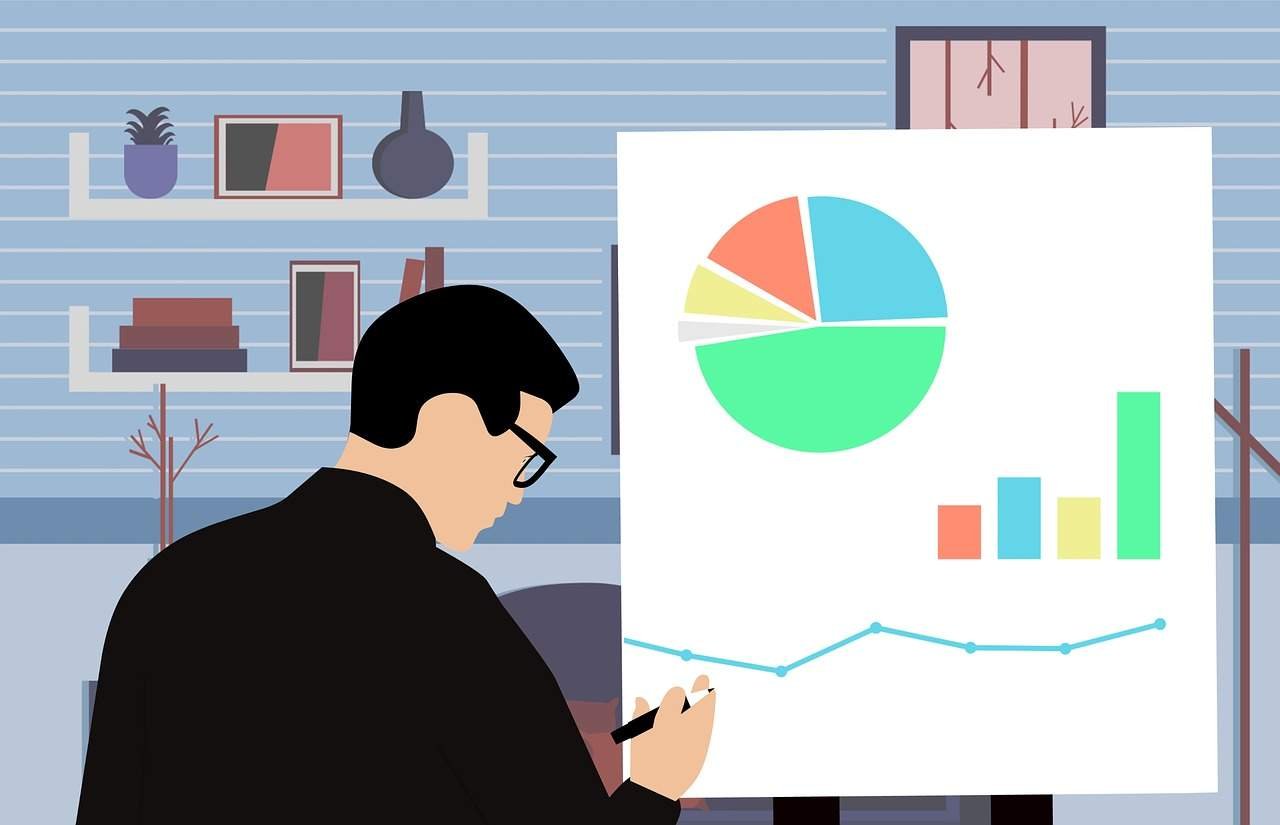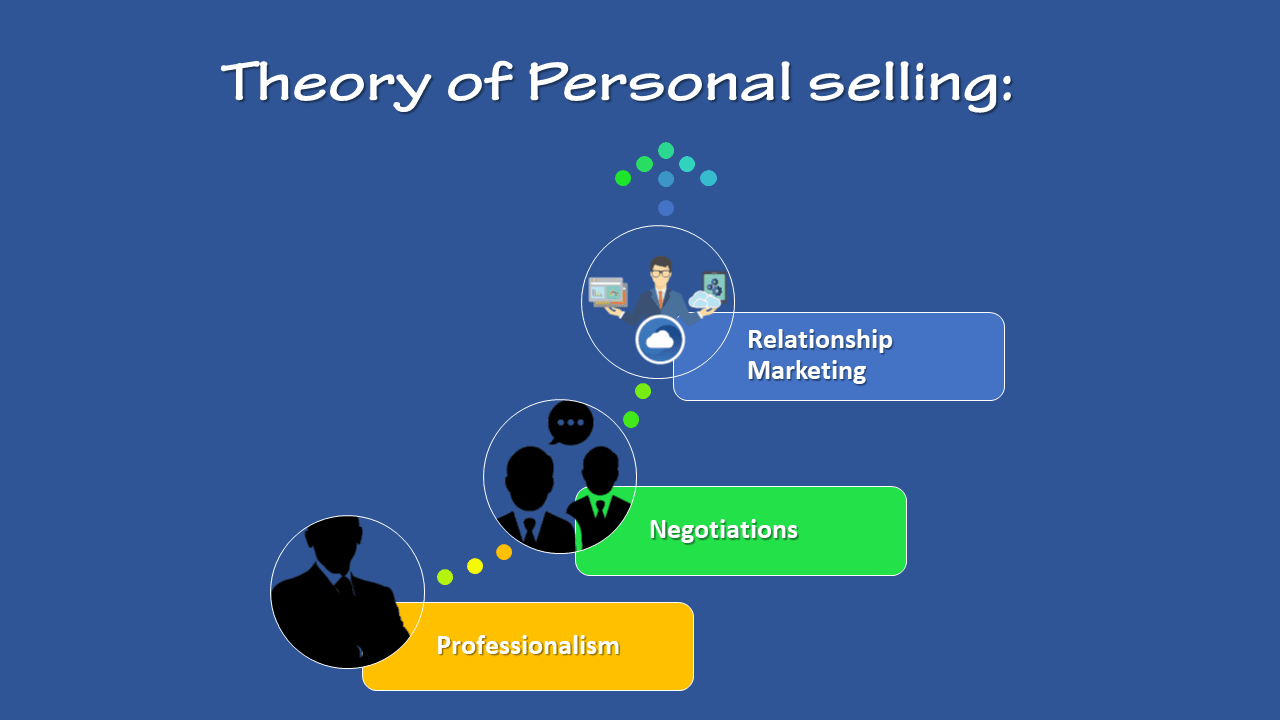Total Quality Management (TQM) Theory, Meaning, Essay; It is an essential tool that makes an improvement reaction to firms and companies. It is a technique of managing future outcomes, and it does consist of more features than just ensuring product and service quality; as it is a technique of running people and business processes to guarantee customer satisfaction in every phase. TQM, helps organizations to do the right thing at the right time from its first attempt. Therefore, we will be introducing the principle of TQM and how it reacts with organizations along with different pros and cons that could affect using of this vital technique.
Here is the article to explain, Total Quality Management (TQM) Theory Essay!
Many authors have discussed TQM Standards. Samuel K. M. Ho in the article ‘Is the ISO 9000 Series for Total Quality Management?’ wrote that the philosophy of Total Quality Management is that of promoting continuous improvement in an organization and focuses primarily on total satisfaction for both the internal and external customers, within a management environment that seeks continuous improvement of all systems and processes. He added that the philosophy is based on an intense desire to achieve victory.
Achieving victory is a challenge for today’s companies. Competition is intense and senior managers and CEOs thrive to achieve a sustainable competitive advantage over their competitors. “Though some people see TQM as something necessary to reach competitiveness and emphasize the relation between TQM and success (eg U/s GAO, 1991; Becker, 1993; Ghobadian and Gallear, 1996), others claim TQM to be merely a management fad and point out that many companies have failed to implement TQM (eg Binney, 1992; Harari, 1993; Hachman and Wageman, 1995)” (Ulrika Hellsten and Bengt Klefsjo) As Hellsten and Klefsjo mentioned in their article there are different opinions of TQM.
TQM standards;
The goal of this assignment is to analyze the different views of TQM and identify whether TQM standards do help companies promote quality. It also analyzes whether TQM standards vote for the satisfaction of both the internal and external customers as said by Samuel K. M. Ho, or else they are diminishing the real scope of quality by constraining innovation and creativity in today’s businesses. Studies by different authors both for and against TQM will analyze to understand whether TQM standards improve or lessen the quality of products and services.
It is important to add that various authors discussing TQM mentioned that there exist different descriptions of TQM and also (Boon O K, Atumugam V, Hwa T S (2005) said that surprisingly, a limited amount of rigorous research has existed done towards identifying the effects of soft TQM practices on employees’ work-related attitudes”. To start with it is vital to understand what exists meant by TQM and its purpose.
What is Total Quality Management (TQM)?
TQM is a customer-focused approach program that focuses on customer satisfaction by delivering the best quality product at the lowest possible price. It is an organizational strategy that involves everybody for contribution. The main aspect is the prevention of defects, by working on a target of zero defects. Moreover, TQM is methodical as it depends on the information gained and it is a continuous improvement process. Throughout the years before, TQM has reached to be an important and outstanding for firm’s process capabilities improvement to lead to a fit and maintain competitive advantages.
Definition of Total Quality Management;
“To define quality one has to first consider who the customer is, and subsequently consider what the requirements of each different customer group are at any one time.”
The Total Quality Management book of Leicester says that it is important to remember that when the level of quality the customer expects to perceive by him as existing exceeded by the level of quality he has received, then an opinion of “good quality” formed. Vice versa the level of quality is said to be poor when the customer’s expectations of the level of quality he should receive exceed the level of quality the customer perceives he has received. Therefore for companies to succeed it is important to understand the level of quality that the customer is expecting.
Various definitions have stood identified by different authors such as;
- “Fitness for purpose”
- “Conformance to requirements”
- “Zero Defects”
Though the above phrases of quality all have different meanings, in general, they all have common characteristics such as; the aim of satisfying the customer, providing the best quality at the lowest possible price, and also should be a companywide strategy. A definition that gathers the meaning of TQM has existed defined in a website of Lean Manufacturing Concepts.
“TQM is a process and philosophy of achieving best possible outcomes from the inputs, by using them effectively and efficiently to deliver the best value for the customer, while achieving long term objectives of the organization”.
This sounds like an appropriate definition of TQM since it emphasizes the value received by the customer and in return, the organization attains its objectives.
Definition of Quality;
Quality in manufacturing defines as a measure of excellence or defects free that exists taken by the adherence to measurable and provable standards to reach the consistency of a specific output that will satisfy a certain customer. Also, Total Quality Management is one of the techniques used to achieve a specific standard to serve customer requirements. A frequent quality description is delighting the customer by fully achieving their desire and expectations; this could include performance, delivery of item, reliability, cost-effectiveness, and appearance.
Therefore, the company needs to know what are these desires and expectations, as well as identify them, understand, and measure their ability to meet them. Quality commences with a detailed market investigation to determine the actual requirements of a certain product and the customer’s need. The main role of quality in organizations is the cooperation of everyone, as it is compulsory to achieve a total quality organization.
History of TQM;
In the present world, we hear a lot about quality control and management, which even did not exist in the eighteenth and nineteenth centuries. However, there were some quality control actions taken by individuals at a small level. Quality control and management developed and evolved during the entire twentieth century. In the early 1900s Fredrick W. Taylor presented the quality concepts, he exists known as the “father of scientific management”. In 1913, JC Penney became one of the first people to introduce the fundamentals of total quality management by bringing up ideas like “customer satisfaction”, “quality”, “value”, “training” and “rewards for performance” to the managerial bases for the business.
The history of TQM starts through Elton Mayo’s Hawthorne experiments from 1927 to 1932. The Hawthorne experiments showed that the worker’s involvement in the decision-making process enhanced the production. In the 1930s the Western Electric Company considered lighting levels, workday lengths, and rest period length in the Hawthorne plant to maximize productivity. And the researchers found that as the lights were brighter, workers’ productivity increased and vice versa. This change of the behavior of the employees exists called the Hawthorne effect.
More to know;
In the 1940s US was in World War II. World War II pushed standardization, quality control, and manufacturing practices to a higher level. The idea of TQM grew very slowly in the USA even though many TQM aspects existed developed in the USA in the 1950s. Quality stood implemented in the American and European industries only in the 1980s because there was no preparedness of the business and governmental organizations to take adequate steps concerning the findings of technical and statistical work. The decision-making structures at that period were not ideal to solve the quality control problems. In the 1960s, the idea of “Zero-defects” gained favor. Philip Crosby, who was the founder of the “Zero defects” idea concentrated on employee motivation and awareness.
In Japan, the quality before the 1940s existed limited to inspection quality. The post-war era saw dramatic progress in the Japanese quality and that happened over a small period. Quality control existed introduced to Japan by a few American experts. In the 1950s Edward Deming imparted statistical methods and Dr. Juran imparted quality management methods to the Japanese. Edward Deming knows as the “father of modern quality”. It was in the 1950s when Armand Feigenbaum wrote Total Quality Control.
This was the first work that initiated Total Quality Management theories. The Japanese realized the need and benefits of quality management. A proper effort stood initiated in 1956. In 1962 the Japanese had innovated the concept of quality control. In 1968 they had developed their version of TQM and presented it as Company-Wide Quality Control (CWQC) and the most key features of TQM in Japan stood achieved between 1950-1965. After reading the history of TQM, also you’ll know the total quality management theory below are;
Theory of Total Quality Management (TQM);
Total Quality Management (TQM) is a quality improvement body of methodologies that exist customer-based and service-oriented. TQM was first developed in Japan and then spread in popularity. However, while TQM may refer to a set of customer-based practices that intend to improve quality and promote process improvement, there are several different theories of total quality management at work guiding TQM practices.
Deming’s Theory;
Deming’s theory of Total Quality Management rests upon fourteen points of management he identified, the system of profound knowledge, and the Stewart Cycle (Plan-Do-Check-Act). He knows for his ratio – Quality is equal to the result of work efforts over the total costs. If a company is to focus on costs, the problem is that costs rise while quality deteriorates. Deming’s system of profound knowledge consists of the following four points:
- System Appreciation – an understanding of the way that the company’s processes and systems work
- Variation Knowledge – an understanding of the variation occurring and the causes of the variation
- Knowledge Theory – the understanding of what can know
- Psychology Knowledge – the understanding of human nature
By being aware of the different types of knowledge associated with an organization, then quality can broach as a topic. Quality involves tweaking processes using knowledge.
Crosby’s Theory;
Philip Crosby is another person credited with starting the TQM movement. He made the point, much like Deming; that if you spend money on quality, also it is money that exists well spent. Crosby based on four absolutes of quality management and his list of fourteen steps to quality improvement.
Joseph Juran’s Theory;
Joseph Juran is responsible for what has become known as the “Quality Trilogy”. The quality trilogy is made up of quality planning, quality improvement, and quality control. If a quality improvement project is to be successful; then all quality improvement actions must be carefully planned out and controlled. Juran believed there were ten steps to quality improvement.
The EFQM Framework;
The European Foundation for Quality Management (EFQM) Model is based upon nine criteria for quality management. There are five enablers (criteria covering the basics of what a company does) and four results (criteria covering what a company achieves). The result is a model that refrains from prescribing any one methodology, but rather recognizes the diversity in quality management methodologies.
Ishikawa’s Theory;
Creator of the last theory, Dr. Kaoru Isikawa is often known for his namesake diagram, but he also developed a theory of how companies should handle their quality improvement projects. Ishikawa takes a look at quality from a human standpoint. Also, He points out that there are seven basic tools for quality improvement.
What Should I do About the Competing Theories?
These are a few of the many different TQM theories, and we haven’t even covered Six Sigma here. When learning about total quality methods, it is important to remember that these are guidelines. What is important is that you and your company practice consistent steps towards improving quality in your organization and processes. Use the tools that have been shown to work and make a commitment. Committed leadership means committed employees.


















